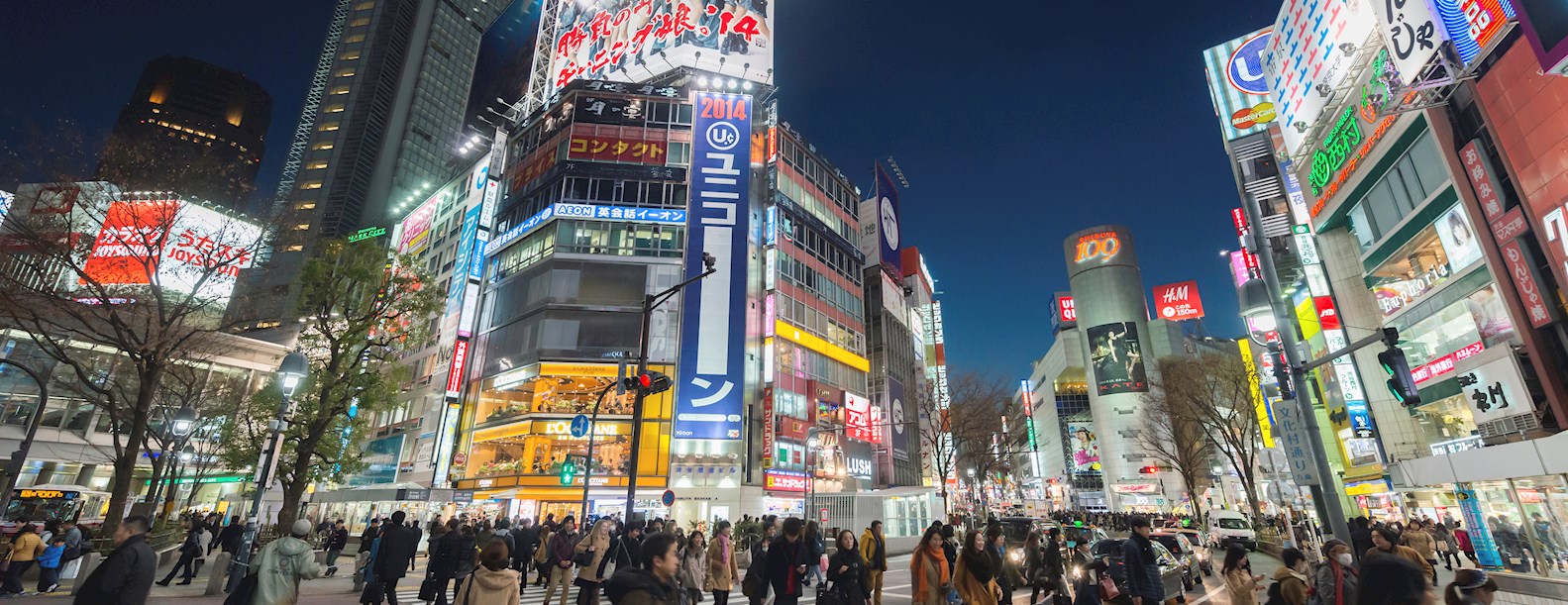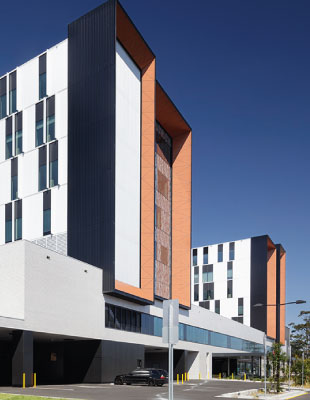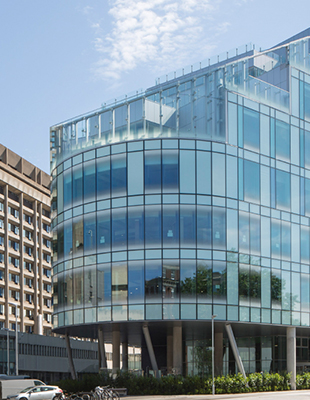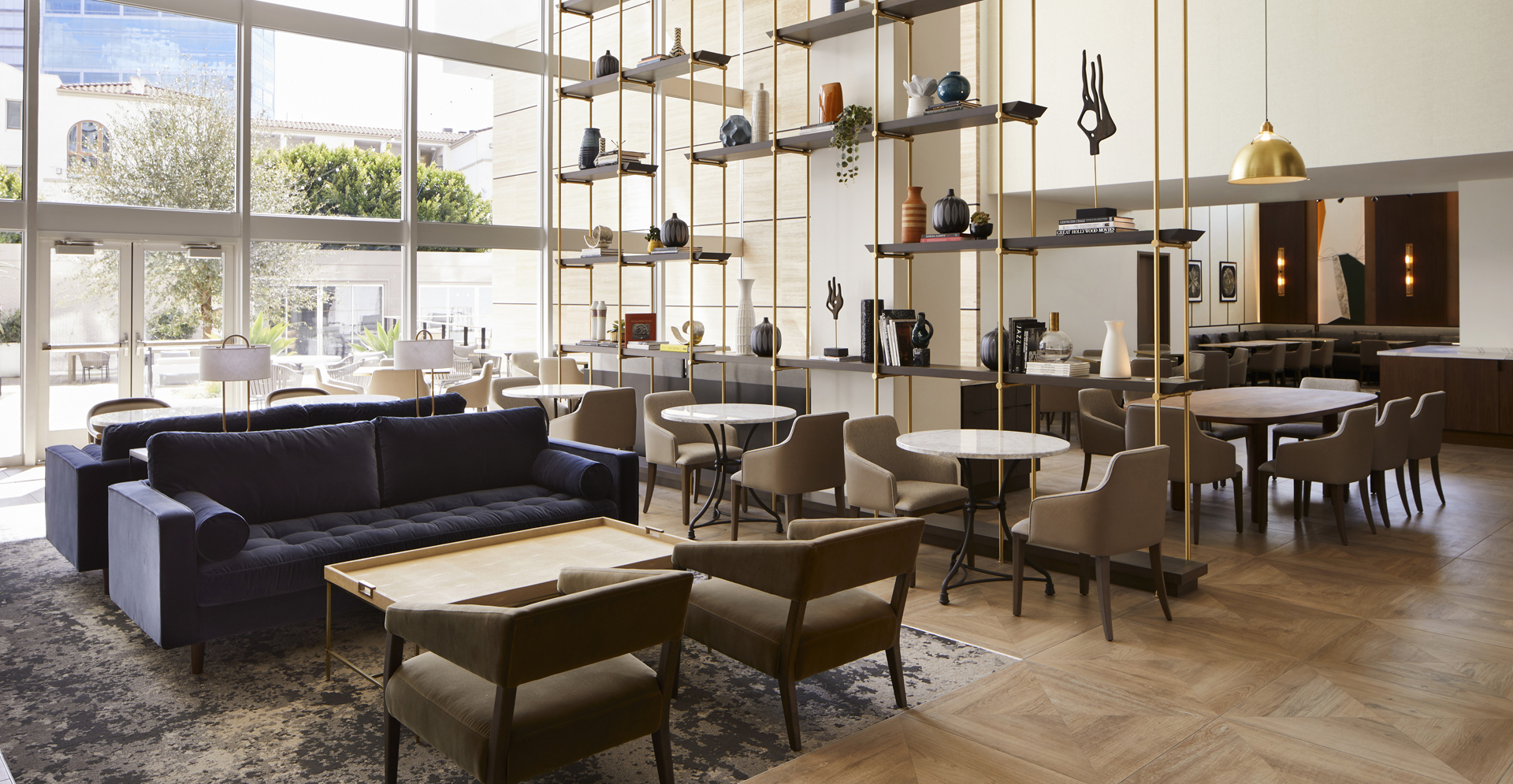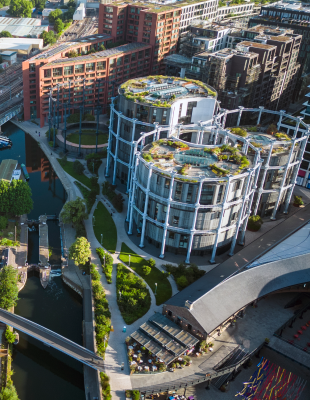Table of Contents
The challenge
Redeveloping a hospital under spatial and financial constraints without lowering the quality of care requires careful planning and digital solutions.
25,000 sq m
Following the merger of the Royal Free London NHS Foundation with Barnet and Chase Farm Hospital NHS Trust in 2014, the newly formed organization, Royal Free London NHS Foundation Trust, looked to redevelop Chase Farm Hospital in Enfield, UK. Not only was the review of the whole estate needed, but a new energy center was required to serve both the new hospital and future residential and educational developments. A government funding gap required the Trust to consider funding the project by selling surplus land for residential and educational use.
The design team was challenged to deliver an updated hospital on a smaller footprint while improving the patient experience and reducing the facility’s overall carbon emission output. The project was further complicated by the condensed timeline upon which the hospital was redesigned and reopened to the public.
The solution
The master plan responds to the NHS’ vision for a hotel rather than a hospital while delivering the most digitally advanced hospital in the UK.
45.3%
Arcadis, formerly Arcadis IBI Group, provided design services for the award-winning Chase Farm Hospital, a new, five-story acute hospital based in north London. Replying to the challenges of the site, the design team undertook an intense, collaborative redesign process, working alongside key stakeholders to produce an architectural solution that would consolidate services into a single five-storey building with highly efficient internal circulation. Not only did the major capital project meet spatial and financial constraints, but it allowed the Trust to realize funds through the sale of surplus land for residential and educational redevelopment, supporting the local community's infrastructure needs
The hospital redevelopment was achieved at an unprecedented speed for a scheme this complex and large within the NHS. The project team successfully delivered Chase Farm Hospital within four years, a project which would typically take over ten years to complete. The careful planning of the facility helped drive both clinical and cost efficiencies while maintaining a high-quality design focused on enhancing the patient experience, with a vision to function more like a hotel than a hospital. The final hospital design includes an urgent care center, short-stay and rehabilitation beds, a surgical center with a four-table ‘Barn Operating Theatre’ (one of three in the country), and imaging, diagnostics, endoscopy, and chemotherapy facilities. The overall design also incorporates 40,000 square meters of flexible space for future expansion. In addition, releasing land for residential and educational purposes ensures the hospital is at the center of the community.
The project’s design includes a new state-of-the-art energy center that will provide power, heat and hot water to the hospital through a highly efficient and low-carbon combined heat and power plant. Operated by EDF Energy, the system will store excess heat generated by the plant that will be redeployed when needed, helping to significantly reduce the hospital’s carbon footprint and aligning with the Trust’s sustainability goal.
The impact
The hospital's careful planning drove clinical and cost efficiencies while maintaining a design focused on enhancing the patient experience.
72.9%
In four years, Chase Farm Hospital was constructed, limiting disruption to care services and improving the quality of care available. The new hospital sets the standard for digitally enhanced care with the latest technology available to patients and excellent public transit built into the facility’s infrastructure, enabling patients and visitors to access the new hospital easily. The deployment of such advanced IT technology has supported Chase Farm Hospital in gaining the highest HIMMS EMRAM Stage 7 accreditation—the international benchmark for improving patient care through technology that an organization can achieve. The certification places Chase Farm Hospital within an elite group of high-performing healthcare systems reducing patient care time and improving patient safety through digital information sharing.
The hospital’s sustainable design improved CO2 emissions by 45.3%, exceeding the 35% target set by local authorities, and helped the facility achieve a BREEAM Excellent rating.

Connect with Raji Arasu for more information & questions.
EVP, Platform Services and Emerging Technologies, and Chief Technology Officer at Autodesk
Not done reading?
This also might be interesting for you
- Related Projects
- Related Insights
- Related Blogs
